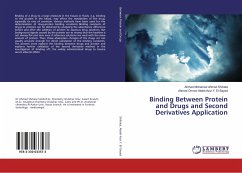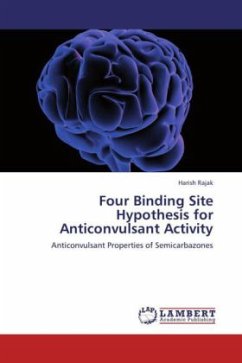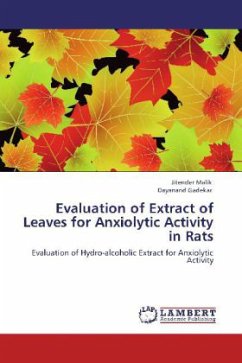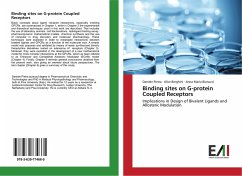Arsenic was used more than 2400 years ago in Greek and Rome as a therapeutic agent and as a poison. In current therapeutics use of arsenic as a drug is limited. Recent studies indicate that people of different countries are at higher risk of arsenic toxicity as underground water in parts of the world is drained by deadly arsenic. This book deals with the effect of arsenic on binding of three common non-steroidal anti-inflammatory drugs; paracetamol, aspirin and diclofenac sodium to bovine serum albumin. A detailed literature review on arsenic contamination and health hazards related to arsenic toxicity has been documented for reader's convenience. Arsenic contamination in relation to Bangladesh was also reviewed in details as Bangladesh is thought to be at greatest risk of arsenic related negative health outcomes.
Bitte wählen Sie Ihr Anliegen aus.
Rechnungen
Retourenschein anfordern
Bestellstatus
Storno








